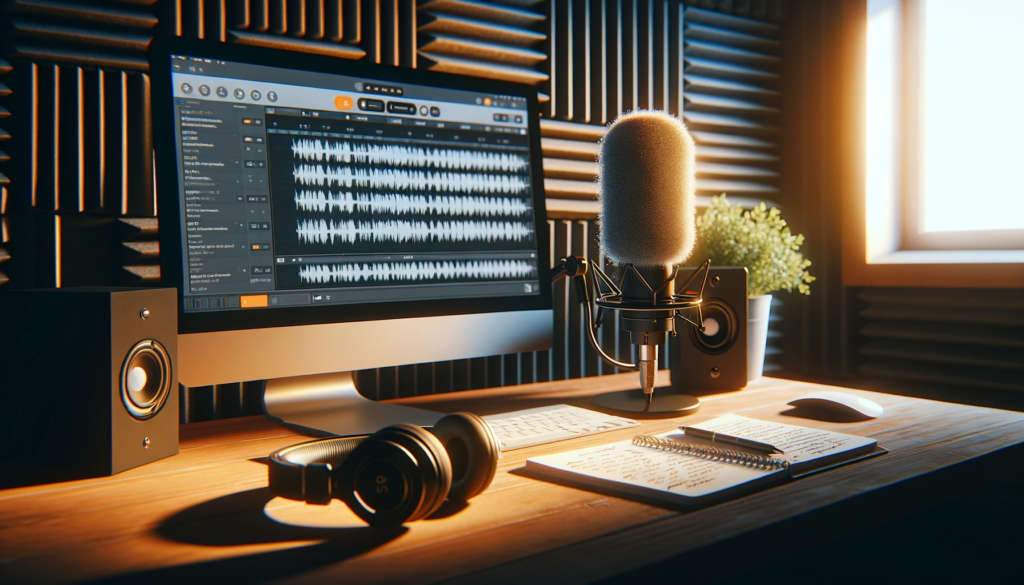The journey of a podcast from recording to release is thrilling, but it’s the editing phase that truly shapes your show into the polished piece your audience will love. Understanding how and where to edit your podcast can make a significant difference in the final product. Whether you’re a roving podcaster with a laptop in hand or a home studio aficionado, here’s how to ensure your edits hit the mark every time.
Creating Your Editing Suite
At Home: For many, editing begins at home. A quiet, comfortable space with your trusty computer is often all you need. Invest in a good pair of headphones and make sure your software is up to date.
On the Go: If you’re editing on the move, look for quiet locations like libraries or private rooms in coworking spaces. Noise-canceling headphones are a must-have in these environments.
Shared Spaces: Sometimes, the energy of a café or shared space can inspire creativity. Just be prepared to work with ambient noise and consider using a privacy screen for sensitive content.
Choosing Your Software
Beginners: Free software like Audacity or GarageBand (for Mac users) offers a comprehensive set of tools to get started.
Intermediate to Advanced: Subscription-based options like Adobe Audition or Hindenburg Journalist provide more robust editing features and are well worth the investment for serious podcasters.
Mobile Editing: Apps like Ferrite Recording Studio for iOS allow for on-the-go edits right from your smartphone or tablet.
Editing Tips
Noise Reduction: Start by cleaning up your audio. Remove background hiss, hums, or the odd passing car if it snuck into your recording.
Cutting Content: Trim out any long pauses, stutters, or off-topic tangents. Keep your content tight and focused.
Consistency is Key: Ensure your volume levels are consistent throughout the episode. Your listeners should never have to adjust their volume once they’ve started listening.
Music and Effects: Add intro and outro music, advertisements, and sound effects as needed. But remember, less is often more—don’t let these elements overpower your content.
Final Listen: Always do a final listen-through with fresh ears. You might catch something you missed on the first edit.
File Management
Keep Organized: Have a clear naming convention for your files and keep a backup. Cloud storage services like Google Drive or Dropbox can be lifesavers.
Export Wisely: Export your edited podcast in the right format. A high-quality MP3 is usually sufficient and is widely accepted by hosting platforms.
Collaborative Editing
If you’re part of a team, cloud-based collaborative tools can help. Services like Auphonic for automated leveling and noise reduction, or Descript for transcript-based editing, allow for seamless collaboration, no matter where each team member is located.
When to Outsource
If editing isn’t your forte or it’s too time-consuming, consider outsourcing. Professional editors (like Sound Concept Media) can turn your raw audio into a masterpiece while you focus on content creation and engagement.
Conclusion
Editing your podcast can be as mobile or as stationary as you need it to be. The right setup for you will depend on your personal preferences, lifestyle, and podcasting goals. Whether you’re editing at home or on the road, the perfect edit is about patience, precision, and a passion for creating audio art.
Remember, editing is not just about cutting out the “ums” and “ahs”; it’s about crafting a story that resonates with your audience and keeps them coming back for more.
Want to take your podcast to the next level but don’t know where to start? Sound Concept Media is your go-to expert for podcast editing and production. With our experience and your vision, we can make podcast magic happen together. Reach out to us and let’s make your podcast stand out in the sea of sound.

